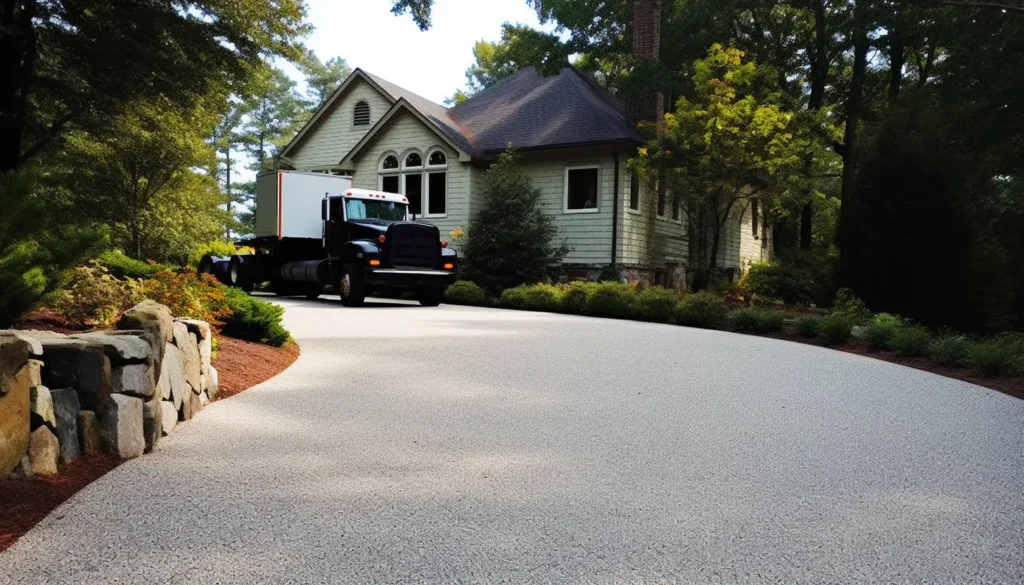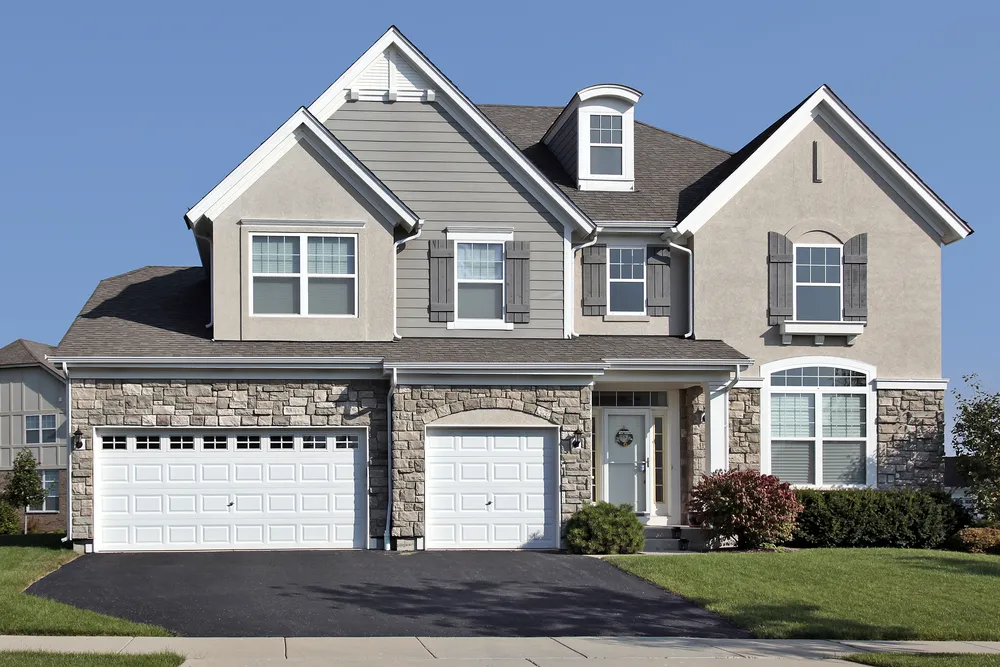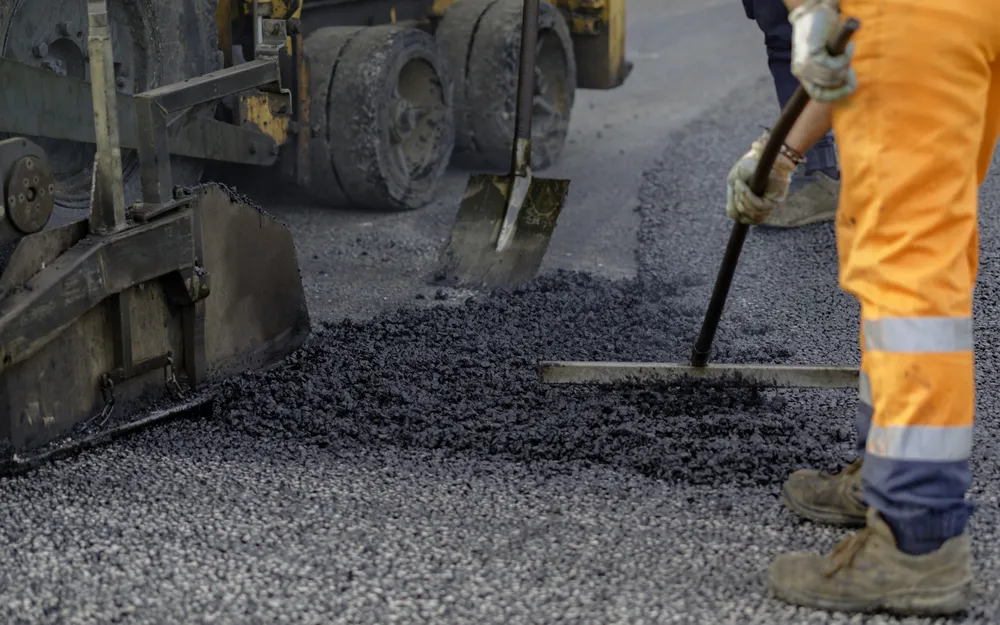Paving a Driveway: Top Reasons to Enhance Your Home
Looking to enhance your home? Paving your driveway is the way to go. With less maintenance required, a paved driveway…

November 3, 2023

Looking to enhance your home? Paving your driveway is the way to go. With less maintenance required, a paved driveway…

You may be wondering what the difference is between tar and chip driveways and asphalt driveways. It’s important to know…

Asphalt driveways are growing in popularity and for good reason. They are sleek, easy to install, and come in a…

Are you considering a new asphalt driveway for your home? Installing an asphalt driveway can enhance the appearance of your…
